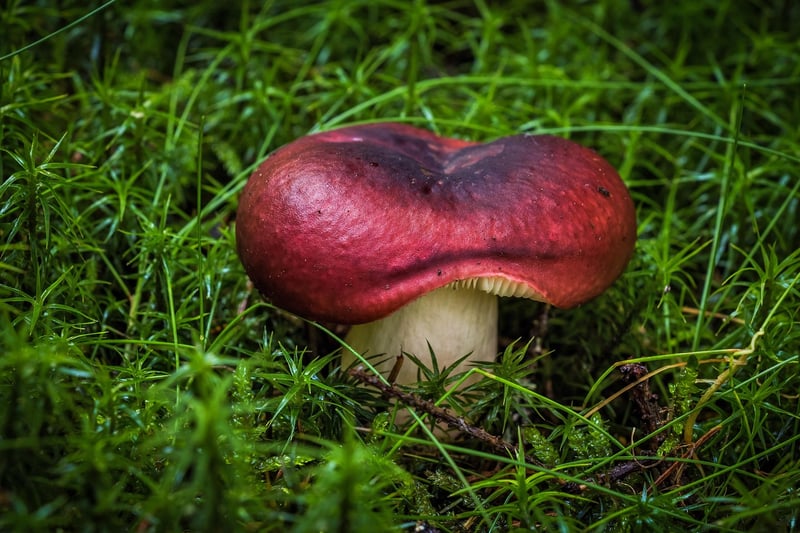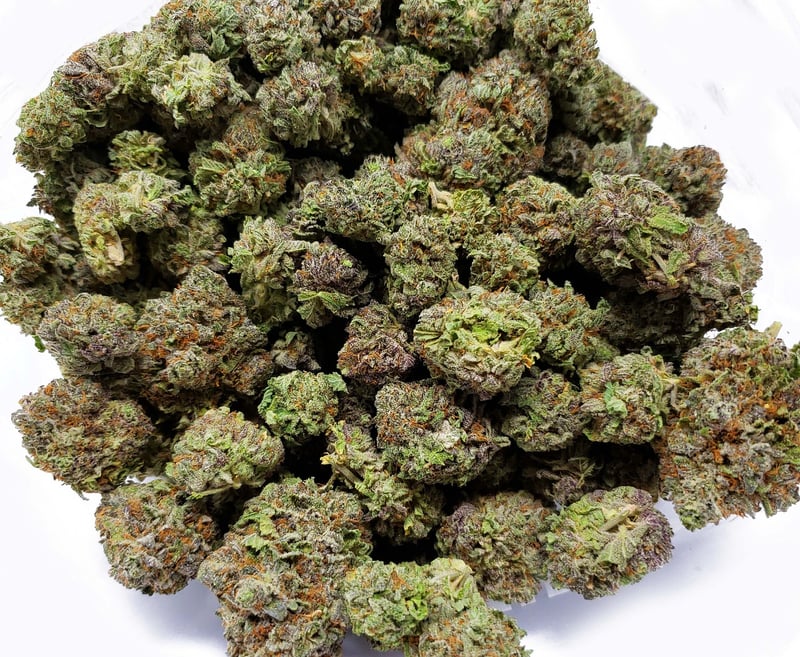Dealing with Weeds
Managing Garden Nuisances and Dealing with Weeds
Introduction
Creating a beautiful garden can be a rewarding experience, but it often comes with its fair share of challenges. Dealing with garden nuisances like weeds is a common task for any gardener. In this article, we will explore effective ways to manage garden nuisances and tackle the persistent problem of weeds.
Identifying Common Garden Nuisances
Before we delve into weed management, it's essential to identify other common garden nuisances that can affect the health and appearance of your garden. Pests, diseases, and invasive plants are some of the most prevalent nuisances that gardeners face.
Pests:
Pests like aphids, caterpillars, and snails can wreak havoc on your plants. Regular inspection and early intervention are key to preventing pest infestations.
Diseases:
Fungal diseases, bacterial infections, and viruses can spread rapidly among plants. Proper sanitation and choosing disease-resistant plant varieties can help mitigate the risk of disease.
Invasive Plants:
Plants like bindweed and Japanese knotweed can quickly take over your garden and choke out native species. Regular monitoring and prompt removal of invasive plants are crucial.
Dealing with Weeds
Weeds are unwanted plants that compete with your desirable plants for nutrients, water, and sunlight. They can quickly overtake your garden if left unchecked. Here are some strategies to effectively manage weeds:
1. Mulching:
Applying a layer of organic mulch like straw, wood chips, or shredded leaves can help suppress weed growth by blocking sunlight and preventing weed seeds from germinating.

2. Hand Pulling:
Regularly inspect your garden and manually remove weeds by pulling them out from the root. This method is effective for small-scale weed control.

3. Weed Control Fabric:
Using weed control fabric can help suppress weed growth while allowing water and nutrients to penetrate the soil. It is particularly useful in areas where weeds are persistent.

4. Herbicides:
When manual methods are not sufficient, selective herbicides can be used to target specific types of weeds while minimizing harm to desirable plants. Always follow the instructions carefully when using herbicides.
Conclusion
By understanding common garden nuisances and adopting effective weed management strategies, you can maintain a healthy and thriving garden. Regular monitoring, timely intervention, and proper care are essential elements in keeping your garden free from weeds and other nuisances.
